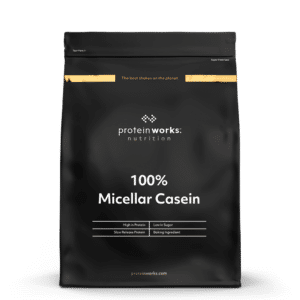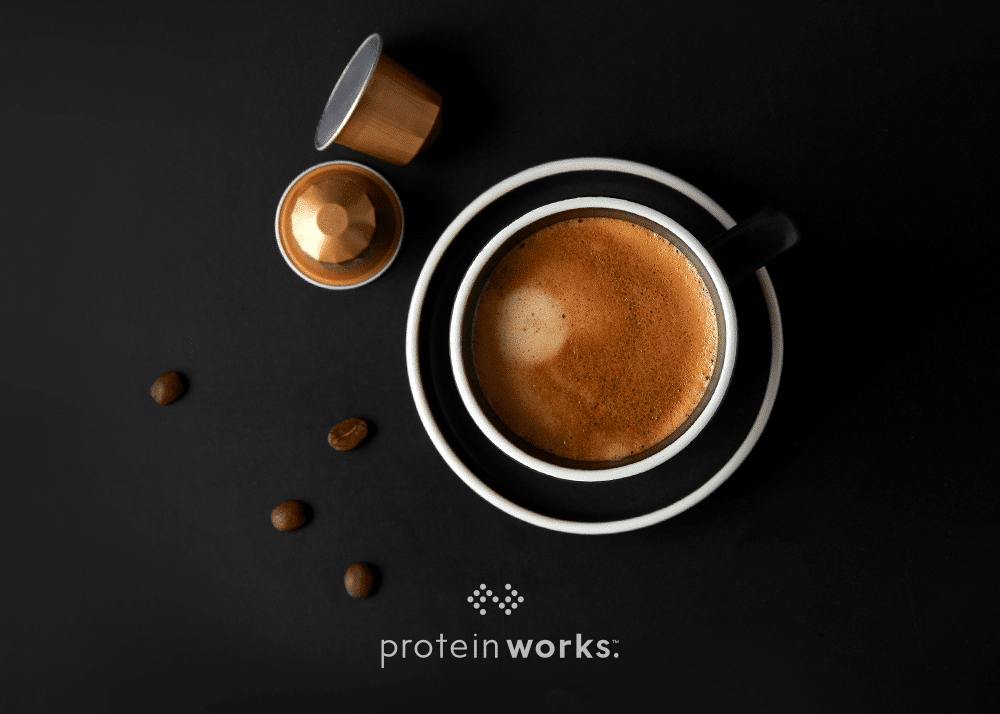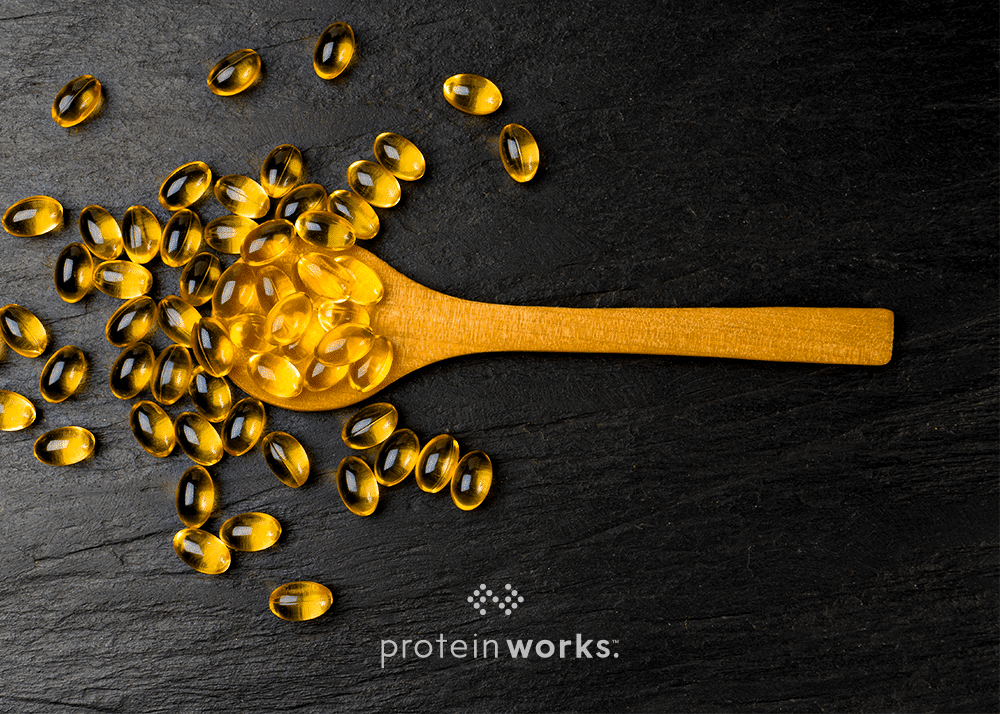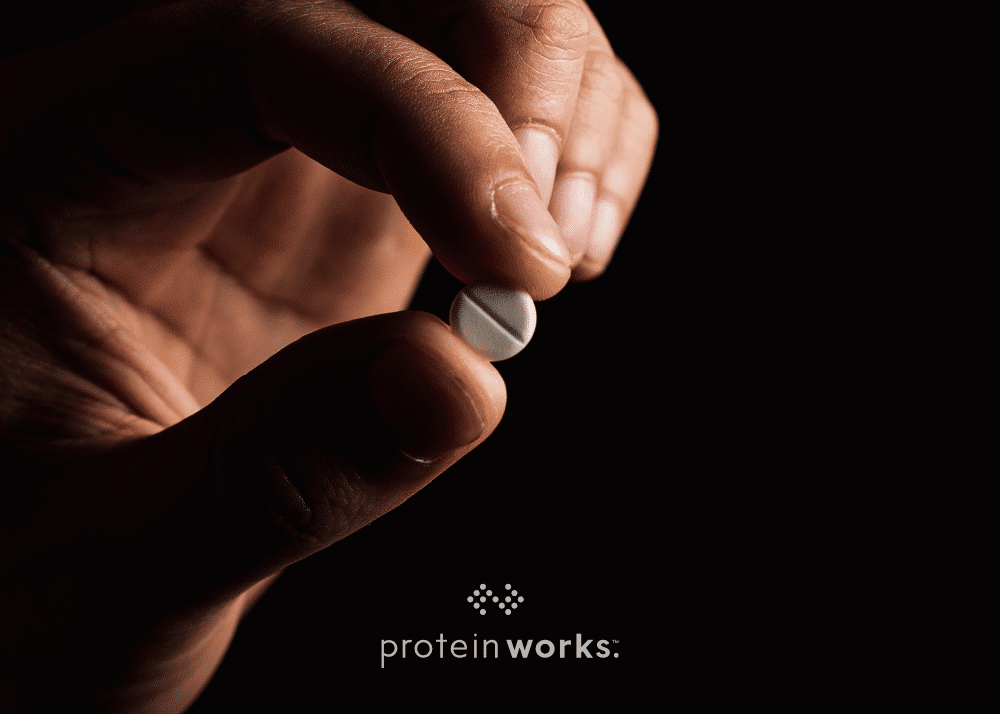In 2012, high protein diets like the Dukan Diet became increasingly popular as the Middleton’s credited it for their impressive Royal Wedding figures. In turn, protein powder sales increased in the dieting sector and more studies were conducted showing that protein could well aid weight loss by increasing the feeling of satiety, or being full. But which protein is best at producing these feelings of satiety? Well there’s no clear cut answer: some people prefer hemp protein due to it’s high fibre content and some scientists have shown that whey protein brings about favourable hormonal changes to help curb cravings. But it seems most of the evidence supports the use of casein protein. Here we look at the research surrounding casein protein and why it’s being heralded as an effective dieting aid.
Casein subjectively controls appetite:
It’s widely known that high protein foods increase the feeling of being full (Kristin Vandewater et al, 1996) but researchers in Switzerland decided to take this one step further and set out to determine exactly which type of protein was best for producing a feeling of satiety. Rania Abou-Samra et al (2011) took a group of 32 male subjects and randomly assigned them to consume 20g of casein, whey or pea protein 30 minutes before eating a meal and their appetite and desire to eat that meal was then subjectively measured. The study concluded that the ‘casein and pea protein showed a stronger effect on food intake compared to whey when consumed as a preload’. In simple terms, this means both casein and pea protein were considered to make you feel fuller for longer when compared to whey protein.
These results seem to be supported by researchers from the Nutrition and Toxicology Research Institute at Maastricht University who specifically measured test subjects appetite after they were fed a diet where; (1) 10% of their total daily calorie intake was made up of casein and (2) 25% of their total daily calorie intake was made up of casein. Ananda Hochstenbach-Waelen et al (2009) concluded ‘satiety was 33% higher in group 2 compared to those in group 1’ and that a higher protein diet (in the case of this study casein) was more beneficial to body weight management. Whilst the results showed that casein performed well in both studies, it must be noted the studies were measured quite subjectively as those being tested were told to rate their appetite or to eat the portion of a meal they felt they could after eating casein protein as a starter.
Casein has ‘diet friendly’ aminos:
As well as subjectively helping to suppress appetite, it seems nutritionists can also pinpoint casein’s benefits when looking at it’s unique amino acid content since it contains certain amino acids that have been show to help create feelings of being full. For instance per 100g of casein contains 5.2 grams of the non-essential amino acid tyrosine (whey protein contains 2.6g) that has been shown to help certain neurotransmitters like dopamine, norepinephrine and epinephrine. These neurotransmitters (that help to send chemical signals to the brain) have been linked to motivation and focus and can therefore, in theory at least, reduce a persons desire to eat by helping them remain motivated during their diet. Also per 100g it contains 5.1 grams of the essential amino acid Phenylalanine (whey protein contains 3 grams), and it’s this amino acid that’s been shown to help regulate the brain’s ability to know when it’s full. Therefore it seems casein not only proves well in subjective studies but scientific theory could also support its place in someone’s diet looking to lose weight.









No Comments yet!